Deck & Commander Strategies

Edward Kenway
A pirate tribal and vehicle deck focusing on crewing vehicles to generate treasure tokens, disrupt opponents, and steal threats by playing off combat damage triggers.

Terra, Magical Adept
A five-color enchantment-focused deck that uses landfall abilities, sagas, and enchantment creatures to build a strong board and maintain card advantage.

Raphael, Fiendish Savior
A devil/demon tribal deck that summons small minions to evolve into larger threats, using card draw and control elements to dominate the battlefield.

Samut, the Driving Force
An aggressive commander who grows in experience to boost creatures’ power and reduce spell costs, aiming to overwhelm opponents with fast, efficient combat.
Gameplay Insights
- 1
Using crew mechanics on vehicles early allowed Edward Kenway to generate treasure tokens, which are critical for paying for stolen spells and maintaining mana flexibility.
- 2
Discarding enchantments and other cards strategically enabled additional card draw and resource generation, exemplified by Mary Reed and Barne's synergy.
- 3
Terra’s landfall triggers and enchantment toolbox maintained a steady flow of cards and board presence to keep up with aggressive strategies.
- 4
Combat decisions involved carefully timing attacks with haste and vigilance creatures to maximize damage while preserving board state.
- 5
Raphael’s devil-themed deck capitalized on incremental growth of smaller creatures into larger threats, putting pressure on opponents to respond quickly.
Notable Cards
-
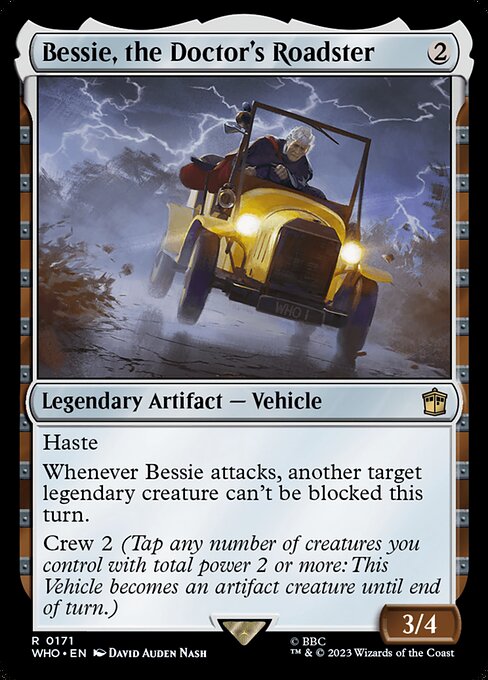
Bessie, the Doctor's Roadster
-
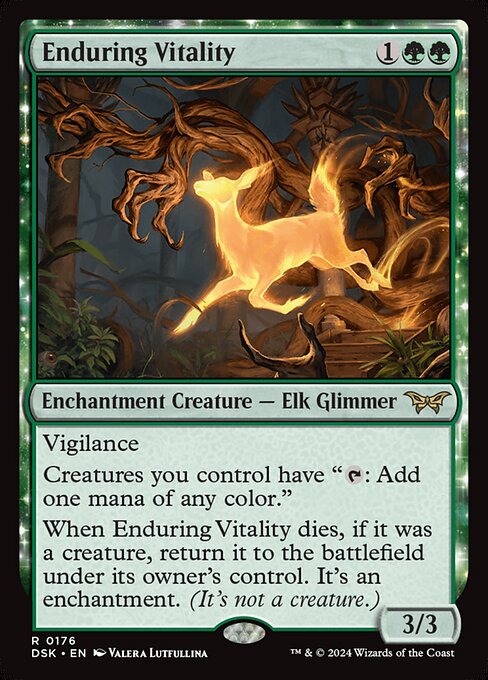
Enduring Vitality
-

Terra, Magical Adept // Esper Terra
-
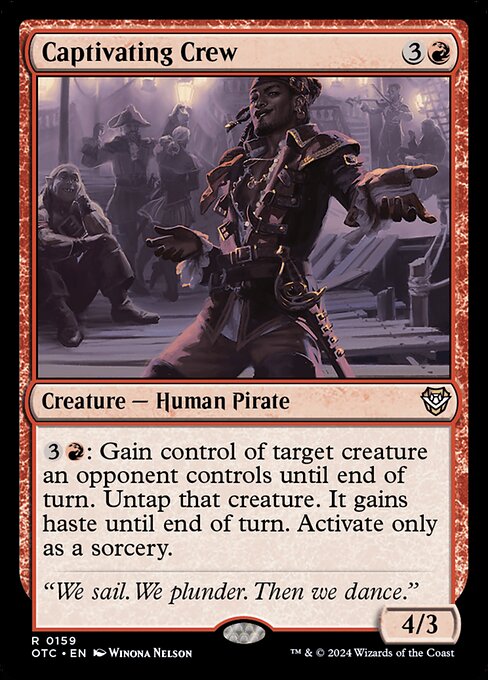
Captivating Crew
-

Command Tower
-

Misty Rainforest
Gameplay Summary
The Commander game featured four players piloting distinct decks reflecting different strategies.
Early turns focused on establishing mana bases and setting up key creatures and artifacts.
Edward Kenway’s pirate-themed deck aimed to leverage vehicles and crew mechanics, using cards like Bessie, The Doctor's Roadster to pressure opponents and generate treasure tokens.
Terra, Magical Adept sought to build a board presence with enchantment creatures and sagas, utilizing landfall triggers and card draw effects to maintain advantage.
Raphael, Fiendish Savior’s deck revolved around demonic and devilish creatures that grow stronger over time, supported by card draw and control elements.
Samut, the Driving Force provided aggressive combat potential with her ability to boost creatures and reduce spell costs based on her experience counters. Key turning points included the early establishment of treasure tokens through aggressive and synergistic plays involving discard and draw mechanics, especially from Mary Reed and Barne.
The interaction between vehicle crew mechanics and treasure generation allowed Edward Kenway to maintain resource flexibility.
Terra’s enchantment toolbox enabled consistent board development, while Raphael’s demonic hierarchy pressured opponents with escalating threats.
Combat phases saw strategic attacks, notably leveraging creatures with haste and vigilance to chip away at life totals.
The game balanced incremental advantage through card draw and resource generation with combat aggression, setting the stage for multiple potential win conditions including overwhelming board presence or combo finishes.
![Commander mit einem Magic Artist! 🎨 | Herumkommandiert #15 | EDH Commander [Deutsch] thumbnail](https://i.ytimg.com/vi/uOs9J9YWw6Q/maxresdefault.jpg)

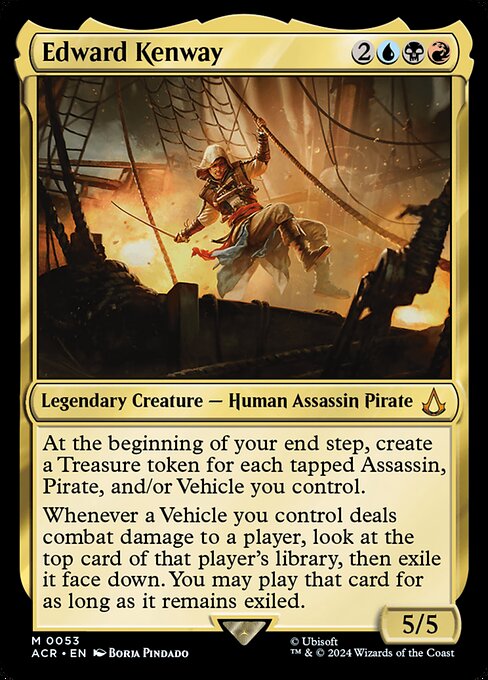
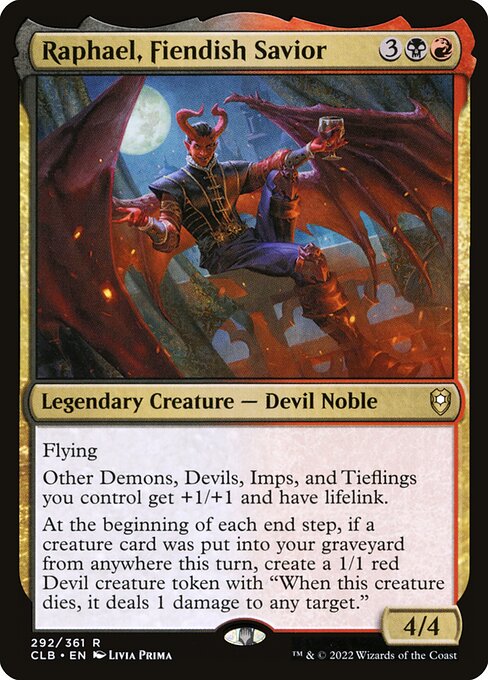
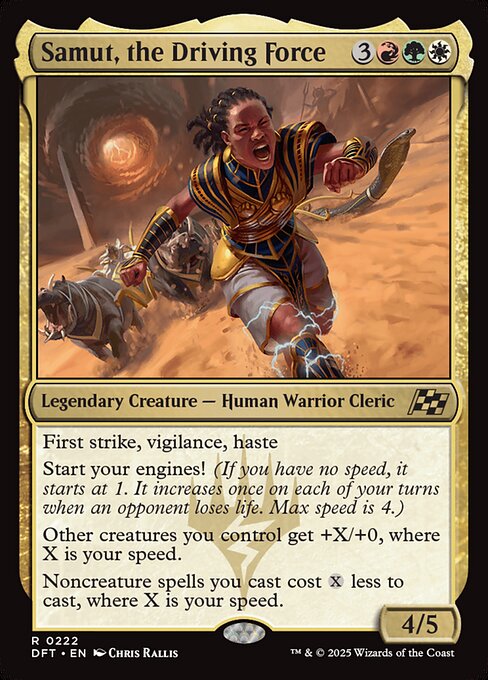
![Herumkommandiert #01 | Commander EDH Gameplay [Deutsch] thumbnail](https://i.ytimg.com/vi/cnZp-pwWpa0/sddefault.jpg)
![Herumkommandiert #02 | Commander EDH Gameplay [Deutsch] thumbnail](https://i.ytimg.com/vi/-N1wudp-I6Y/sddefault.jpg)
![Herumkommandiert #03 | Commander EDH Gameplay [Deutsch] thumbnail](https://i.ytimg.com/vi/rQHOj8aFjf0/sddefault.jpg)
![Herumkommandiert #04 Tribal Trouble | Commander EDH Gameplay [Deutsch] thumbnail](https://i.ytimg.com/vi/le505YcXDvU/sddefault.jpg)
![Herumkommandiert #05 | Halloween Commander EDH Gameplay [Deutsch] thumbnail](https://i.ytimg.com/vi/TYi-yLuHxeU/sddefault.jpg)
![Herumkommandiert #06 | Commander EDH Gameplay [Deutsch] thumbnail](https://i.ytimg.com/vi/emXi4jz0cyI/sddefault.jpg)
![Herumkommandiert #07 | EDH Commander Gameplay [Deutsch] thumbnail](https://i.ytimg.com/vi/3ZrvBfp1e9w/sddefault.jpg)
![Wir sind zurück!! | Herumkommandiert #08 | EDH Commander Gameplay [Deutsch] thumbnail](https://i.ytimg.com/vi/EI5XZ6KT_BU/sddefault.jpg)
![Wir werden geroasted! | Herumkommandiert #09 | EDH Commander Gameplay [Deutsch] thumbnail](https://i.ytimg.com/vi/lR3qCGzwaR0/sddefault.jpg)
![Zockt uns Dennsen in Magic ab?! | Herumkommandiert #10 | EDH Commander Gameplay [Deutsch] thumbnail](https://i.ytimg.com/vi/skfLxrOTZgw/sddefault.jpg)























![Conner goes Duck Hunting, ft. Ratonhnhaké꞉ton, Nadu, Kenway, The Necrobloom [EDH/Commander Gameplay] thumbnail](https://i.ytimg.com/vi/hyCS_MgpCUs/sddefault.jpg)














